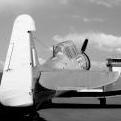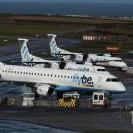-
Similar Content
-
- 0 replies
- 11613 views
-
- 0 replies
- 1318 views
-
- 0 replies
- 3019 views
-
staff-up [29th July 1800-2000z] Friday Night LARS Action - Boscombe Zone
By Daniel Button,
- 1 reply
- 1938 views
-
- 0 replies
- 4604 views
-




Recommended Posts